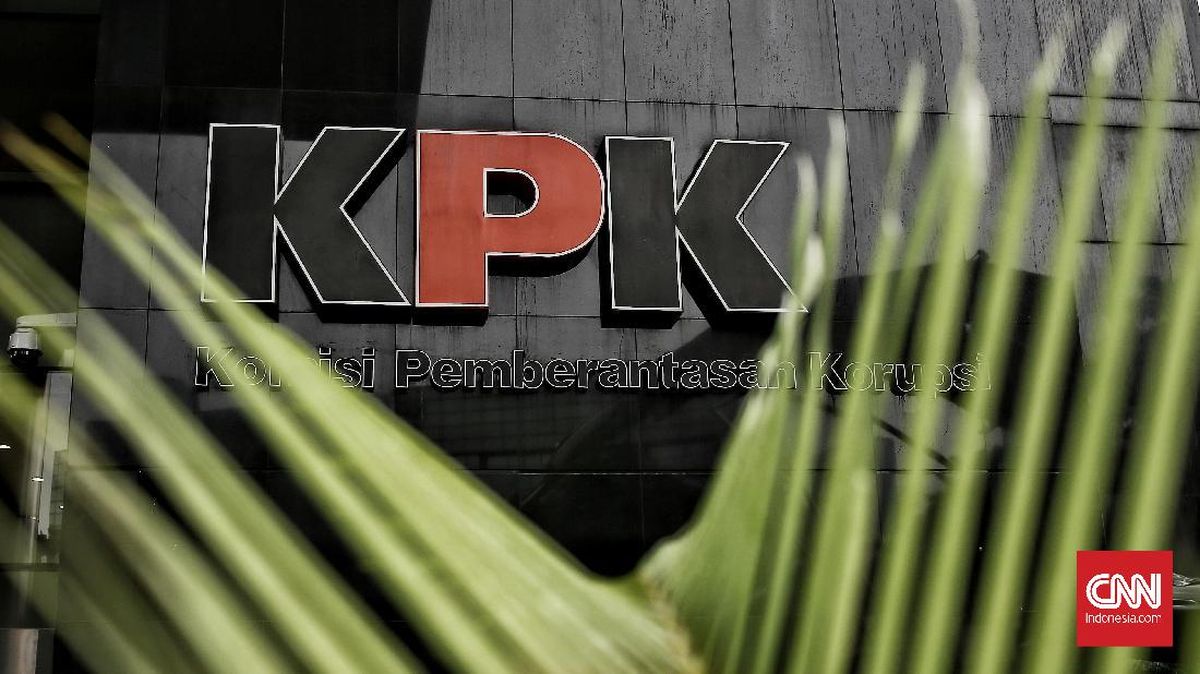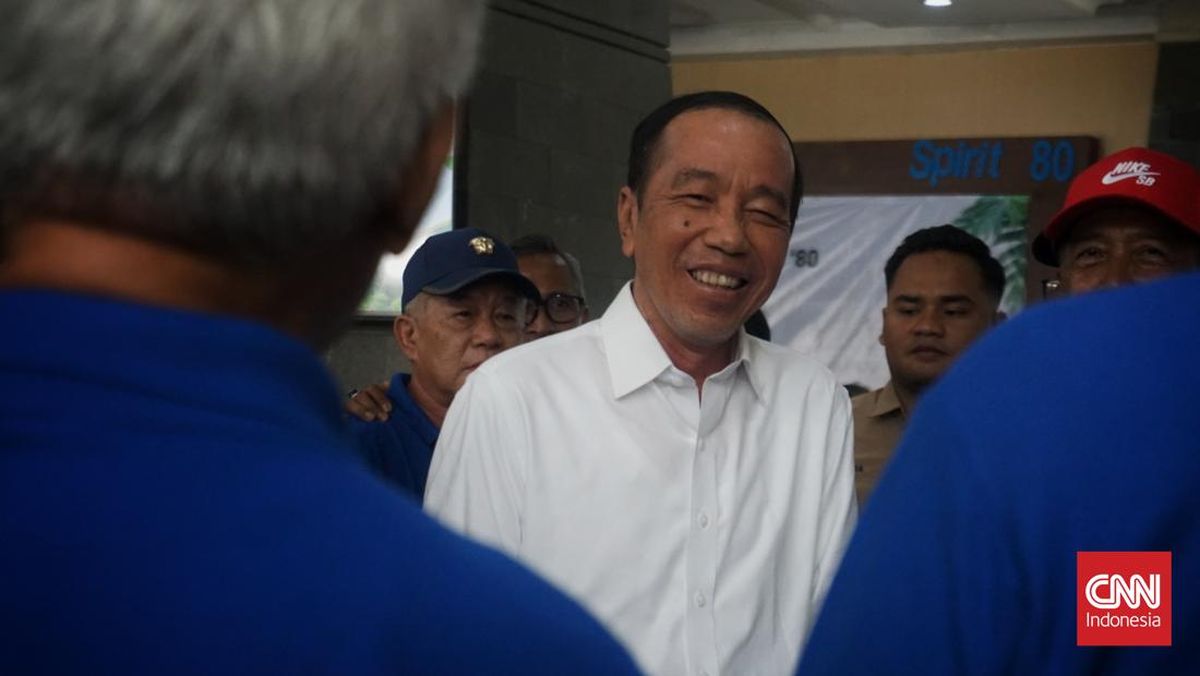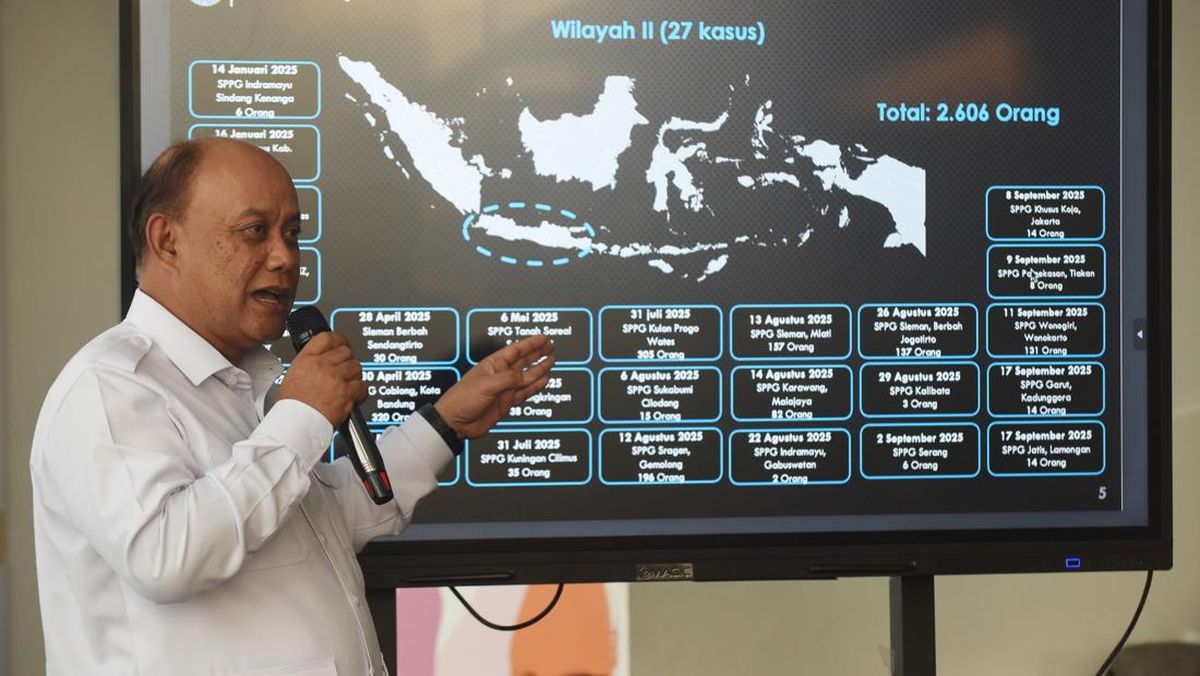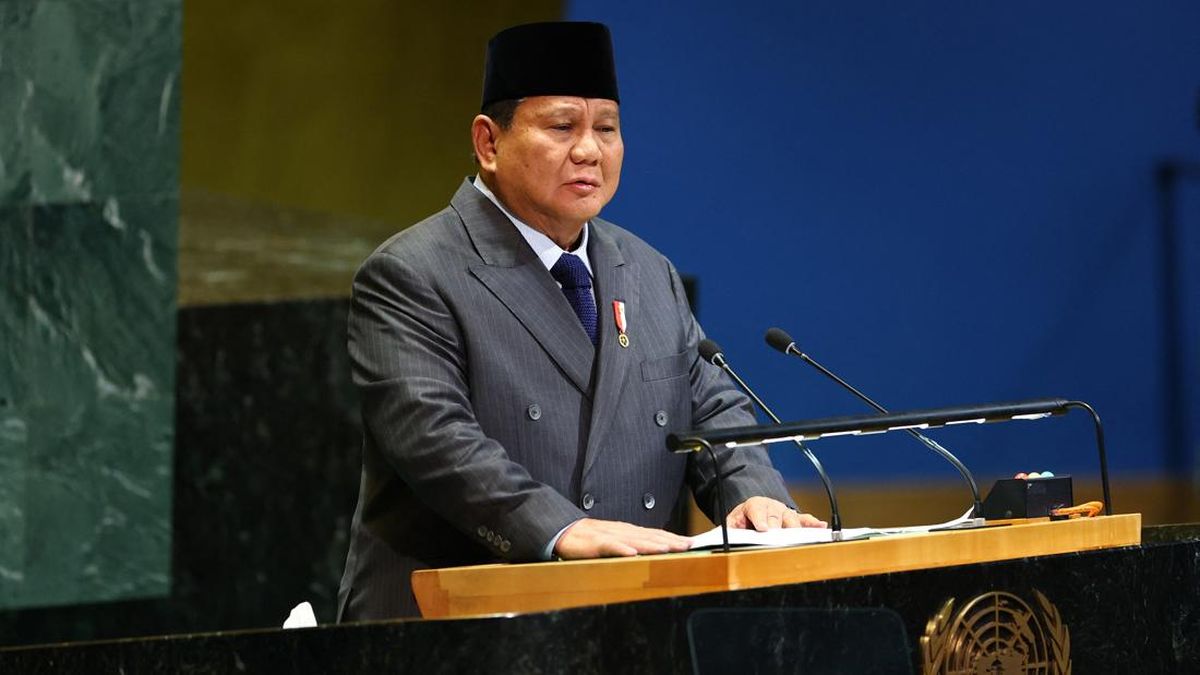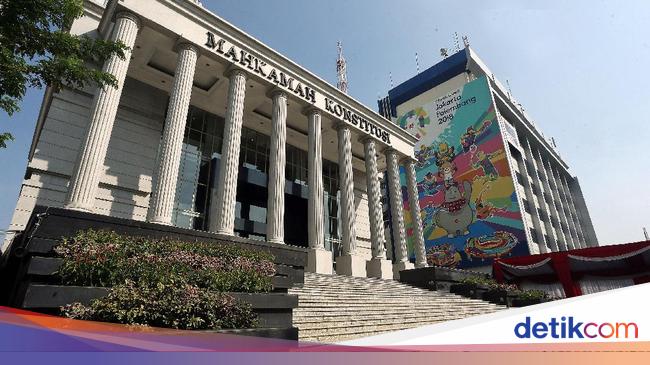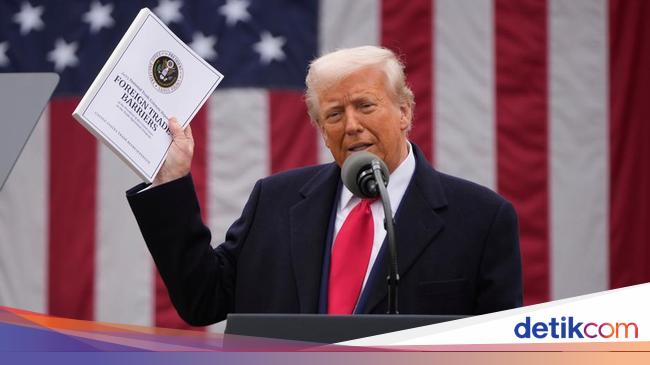Opinion
September 23, 2025 — 12.08pm
September 23, 2025 — 12.08pm
The artificial intelligence ecosystem in the US is becoming increasingly interdependent as the sheer scale of the capital required is forcing the larger players into coalitions.
On Monday, Nvidia announced the biggest investment in its history, a $US100 billion ($151 billion) staged investment in OpenAI, which owns the popular ChatGPT chatbot. In return, OpenAI will over time buy $US100 billion worth of Nvidia’s world-leading chips.
So, Nvidia essentially gives OpenAI the funds with which to purchase Nvidia chips in a deal that brings OpenAI within the orbit of the world’s most valuable company. Nvidia shares rose almost 4 per cent on the announcement, taking its market capitalisation to a sliver under $US 4.5 trillion.

The massive scale of capital required to develop AI is pushing industry giants like Nvidia into incestuous deals.Credit: Bloomberg
It’s not the only deal Nvidia has done that involves a certain level of circularity in its financing.
Last month, the company signed a $US1.5 billion deal with Lambda, a small AI cloud service provider, in which it leased back 18,000 GPU servers that it had previously sold to Lambda. It also has equity in Lambda. The deal, as will occur with the new OpenAI relationship, gives Lambda the revenue to buy more Nvidia chips.
A week ago, Nvidia signed a $US6.3 billion deal to buy cloud capacity from a data centre operator CoreWeave, in which it has a 7 per cent shareholding.
The [OpenAI] deal ensures that Nvidia’s place at the centre of the scramble to develop and deploy AI is protected, and a key customer is locked up and given more sustainable finances.
CoreWeave rents out Nvidia’s powerful GPU servers to its customers. In effect, Nvidia has underwritten any capacity that CoreWeave hasn’t been able to sell to third parties, while also underwriting a major customers’ continuing financial capacity to acquire its chips.
The OpenAI deal has those same elements of mutual reinforcement of supplier and customer. A new Nvidia business model is emerging quite rapidly.
OpenAI, unlike the other behemoths of AI – companies like Google, Meta, Amazon and Microsoft – is unprofitable and doesn’t have the earnings and cashflows to support the massive investments it needs to sustain the development of its technology.
Loading
Instead, it and other AI start-ups are reliant on regular rounds of capital raisings and borrowing. It recently raised $US40 billion from a group of investors led by Japan’s Softbank that valued the company at $US300 billion. It’s also looking to sell $US6 billion of employee-owned shares – at a reported valuation of around $US500 billion!
OpenAI is planning a restructuring that will make it easier to raise more funds, probably at even higher prices. At the moment, it has a “for-profit” subsidiary sitting under a non-profit parent organisation, with a cap on the level of profits investors are allowed to make.
Microsoft, with a 49 per cent stake in the for-profit company, is the biggest investor. It will now be progressively joined by Nvidia.
OpenAI is also partnering with Softbank, Microsoft, Nvidia, Oracle and others in the ambitious $500 billion Stargate data centres project. Nvidia’s chips are at the centre of what’s emerging as a close network of aligned companies.
It could be regarded as a form of necessary consolidation in a sector whose insatiable appetite for capital – amid an absence of meaningful near-term returns – is straining even the biggest tech giants. In a different political environment in the US, the antitrust authorities would be circling.
Loading
Under the OpenAI deal, Nvidia will provide the funds progressively as each of the 10 gigawatts-plus data centres to train and run Open AI’s next-generation models that the agreement envisages are built, with an initial $US10 billion handed over on the signing of the deal.
Nvidia expects OpenAI to eventually acquire up to 5 million of its chips – about the same volume it will produce this year – which suggests that the $US100 billion investment could eventually generate about $US500 billion of revenue from chip sales for the company. On top of that, assuming OpenAI is successful in creating AI comparable to human intelligence, it would also hope to make money on its shareholding. The initial $US10 billion will equate to roughly 2 per cent of Open AI’s for-profit arm.
The deal ensures that Nvidia’s place at the centre of the scramble to develop and deploy AI is protected, and a key customer is locked up and given more sustainable finances.
OpenAI has been trying to develop its own chips, as well as expanding downstream into the data centres it needs to train its models. Relying on capital raisings to fund its growth would leave it vulnerable in any sharemarket downturn or any hiccup in its roll-outs of ever more sophisticated models. Nvidia’s cash reduces the risks.
Nvidia last week also announced a $US5 billion investment in fellow (but struggling) chipmaker Intel, and has invested $US700 million in a UK-based data centre start-up. Its massive cash flows and cash hoard – it has nearly $US57 billion of cash – and the supply constraints on its leading-edge chips give it the leverage to do deals with financially constrained customers.
Nvidia isn’t the only company in the AI race partnering with others to share the financing and development risks and massive funding requirements, but its dominance of the supply of the chips that power AI has enabled it to create a self-reinforcing, virtual cycle, of relationships.
The ability to effectively finance the purchases of its own chips by a collective of customers that it has equity interests in should work in an environment where the boom in AI investment and the share prices of leading AI companies continues.
But if the boom were to end – if investors became sceptical that the trillions of dollars being invested over the next few years would ever generate an attractive rate of return – the business model that Nvidia has developed, with its layers of exposures and mutual dependency, could work against it, and exacerbate the damage.
The competition in AI is one with ever-increasing stakes, and risks.
The Business Briefing newsletter delivers major stories, exclusive coverage and expert opinion. Sign up to get it every weekday morning.
Most Viewed in Business
Loading





